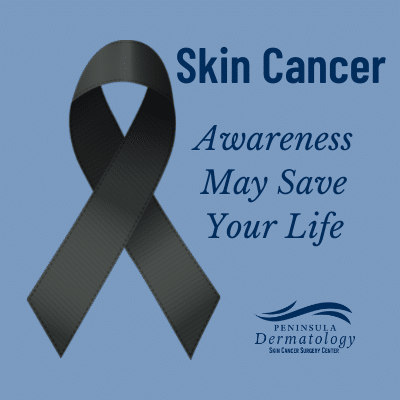May Save Your Life
Skin cancer is the most common form of cancer in the United States. It can occur on any part of the body, and there are different types of skin cancer that can affect people. Some symptoms of skin cancer include a change in color or texture of the skin, a lump or bump on the skin, bleeding or oozing from a wound on the skin, and itching or burning sensations on the skin. There are many treatments for skin cancer, depending on the type and severity of the cancer.

Skin cancer is a malignant tumor that starts in the skin cells. Skin cancer is the most common type of cancer in the United States. The different types of skin cancer are basal cell carcinoma, squamous cell carcinoma, and melanoma.
- Basal cell carcinoma usually appears on areas of the body that are frequently exposed to the sun, such as the head and neck. In general, basal cell carcinomas appear as a shiny bump with a pearly or waxy appearance. Sometimes they might be pink, red, purple, blue, brown, or black in color. The tumors can be small or large, raised or flat, and might look like a sore that will not heal. Basal cell carcinomas sometimes grow together to form a thick scar-like area.
- Squamous cell carcinoma appears as firm red nodules on areas of the body most commonly exposed to the sun, such as the ears, lips, face, arms, and legs. Squamous cell carcinomas are usually observed early because of their appearance on the skin’s surface.
- Melanoma is the most deadly type of skin cancer. It begins in melanocytes, which are cells that produce a pigment called melanin that gives your skin its color. Melanoma often appears as an abnormal dark mole or bump. The most common locations for melanoma are the trunk, arms, legs, head and neck. Melanomas can also appear on mucous membranes, such as the lining of the mouth, nose and genitals.
Prevention
Skin cancer is usually preventable by limiting ultraviolet exposure, using sunscreen with a sun protection factor (SPF) of 15 or higher, covering the skin with clothing, and avoiding tanning booths.
Diagnosis And Treatment
If individuals suspect they may have skin cancer, they should schedule an appointment for a diagnostic exam with their doctor. Depending on the type of skin cancer suspected, more tests might be necessary to confirm the diagnosis. The doctor will determine what treatment is most effective. Treatment options include surgery, radiation therapy, chemotherapy, or biological therapy.
Skin Cancer Awareness Month
May is Skin Cancer Awareness Month, and to help raise awareness about the disease, various organizations are hosting events and initiatives throughout the month. Awareness of the signs and symptoms of skin cancer is key to prevention and early detection.
The American Academy of Dermatology (AAD) is one such organization. Every year, the AAD hosts a public service campaign called “Shine a Light on Skin Cancer” to educate people about the importance of early detection and prevention of skin cancer.
It’s a great time to call your dermatologist and schedule a skin check. Peninsula Dermatology Skin Cancer Surgery Center encourages you to visit a dermatologist for the best skin and nail solutions, give us a call or visit us online to schedule an appointment.
